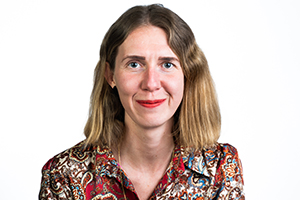Stockholm University
Toxicity guided inverse design of materials for environmental remediation
Academic project
PhD
Open
Research question
Remediation of contaminated sites relies on the transformation of polluting hazardous chemicals into non-hazardous ones or removing these chemicals. State-of-the-art analytical methods, such as high-resolution mass spectrometry have opened up possibilities for the detection of thousands of chemicals from contaminated sites. Our recent work has shown that we can evaluate the toxicity and exposure of the chemicals with machine learning from the mass spectrometric data. This project will leverage on these methods and develop a toolbox of machine learning methods that will allow us to decide whether new materials are removing most toxic chemicals and suggest new synthesis strategies for even more efficient materials.
Sustainability aspects
In 2015 there were 85,000 potentially contaminated sites in Sweden, out of which 26,000 had been evaluated and 9200 were classified as posing a high or very high risk to human health. Though statistics on Sweden are lacking, in the US for ~37% of the reported chemical spills the exact chemical composition is unknown. This makes it hard to choose a suitable remediation strategy. This project will fill this void by developing a set of strategies for identifying the chemical origin of the hazard and helping to choose suitable materials for transforming the hazardous chemicals or removing them.

Stockholm University
Anneli Kruve
Professor
anneli.kruve@su.se
Explore projects under the WISE program
WISE drives the development of future materials science at the international forefront. The research should lead to the development of sustainable and efficient materials to solve some of today's major challenges, primary sustainability. On this page you can read more about our research projects.
Explore projects